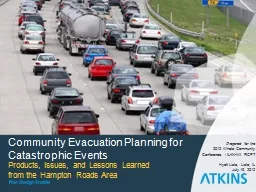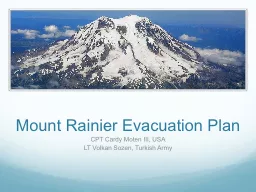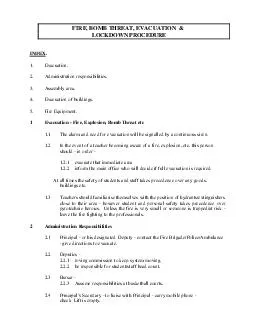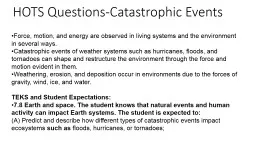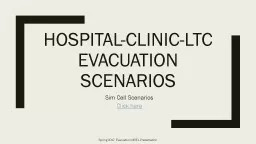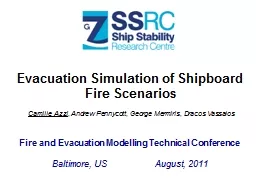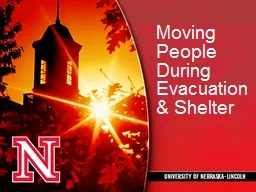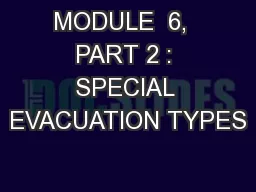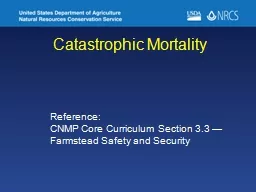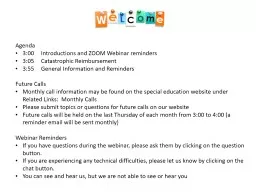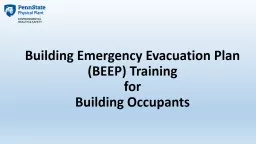PPT-Community Evacuation Planning for Catastrophic Events
Author : jane-oiler | Published Date : 2018-03-22
Products Issues and Lessons Learned from the Hampton Roads Area Prepared for the 2012 Whole Community Conference ILINWI RCPT Hyatt Lisle Lisle IL July 19
Presentation Embed Code
Download Presentation
Download Presentation The PPT/PDF document "Community Evacuation Planning for Catast..." is the property of its rightful owner. Permission is granted to download and print the materials on this website for personal, non-commercial use only, and to display it on your personal computer provided you do not modify the materials and that you retain all copyright notices contained in the materials. By downloading content from our website, you accept the terms of this agreement.
Community Evacuation Planning for Catastrophic Events: Transcript
Download Rules Of Document
"Community Evacuation Planning for Catastrophic Events"The content belongs to its owner. You may download and print it for personal use, without modification, and keep all copyright notices. By downloading, you agree to these terms.
Related Documents

